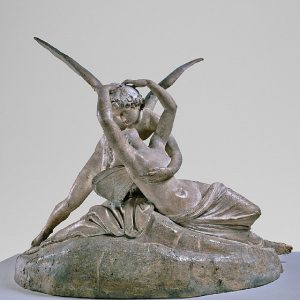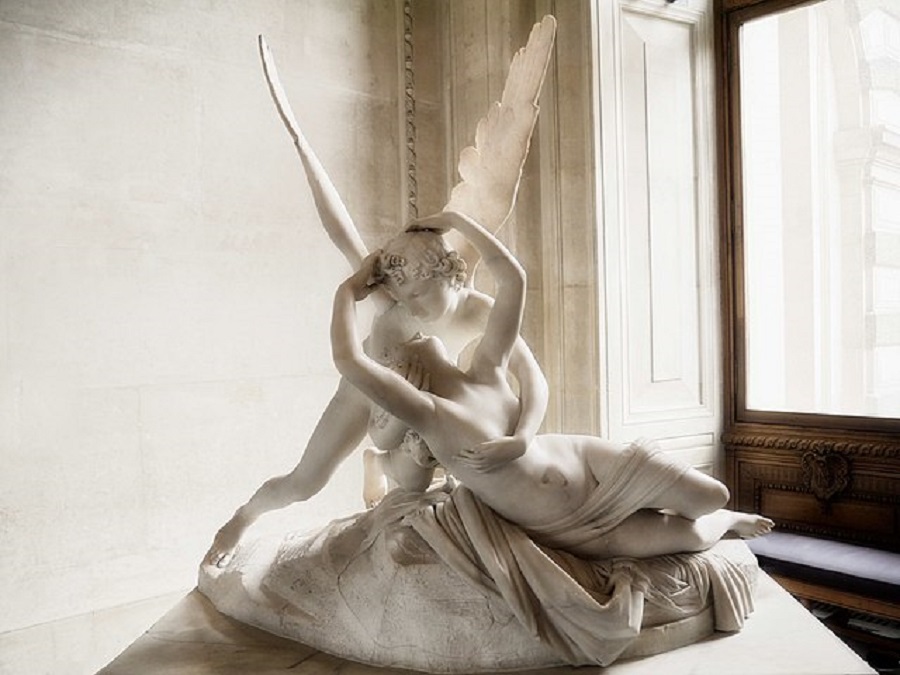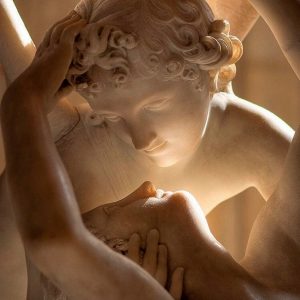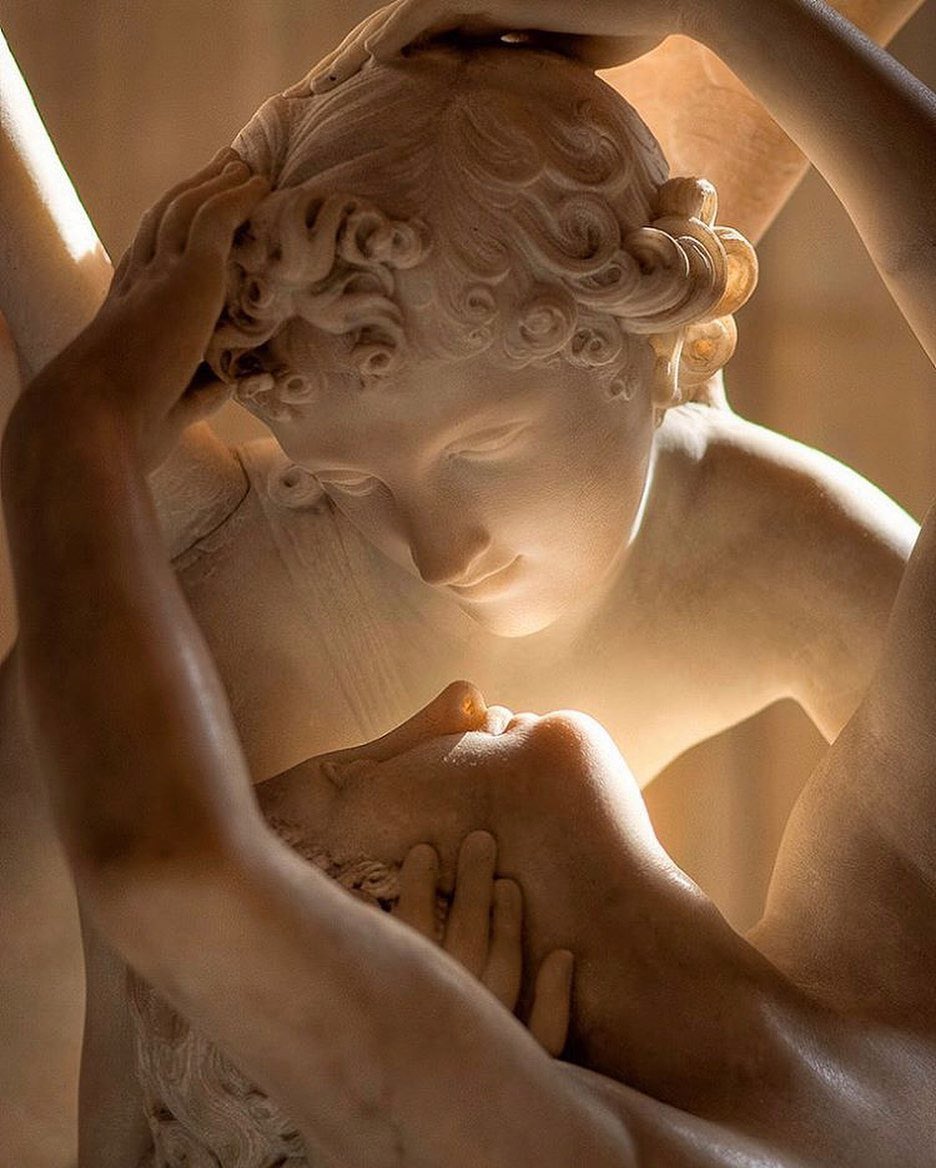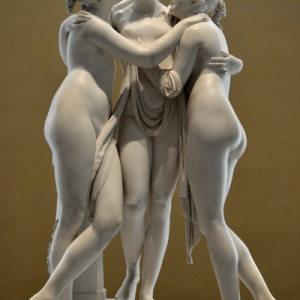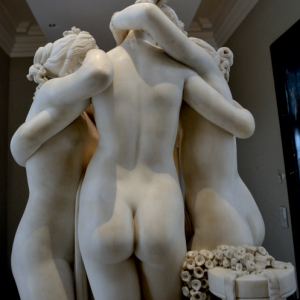Antonio Canova
Showing all 3 results
Antonio Canova (1757-1822) was an Italian Neoclassical sculptor known for his monumental marble sculptures. He was born in Possagno, Italy, and studied in Venice, where he became a master sculptor at a young age. Canova’s works are characterized by their classical elegance and attention to detail, and his sculptures often depict mythological and historical figures. Some of his most famous works include “The Three Graces,” “Cupid and Psyche,” and the monument to Pope Clement XIV in St. Peter’s Basilica in Rome. Canova was highly regarded in his lifetime and his work had a significant influence on the development of Neoclassical art in Europe. Today, his works are housed in museums and galleries around the world and are considered some of the finest examples of Neoclassical sculpture.

